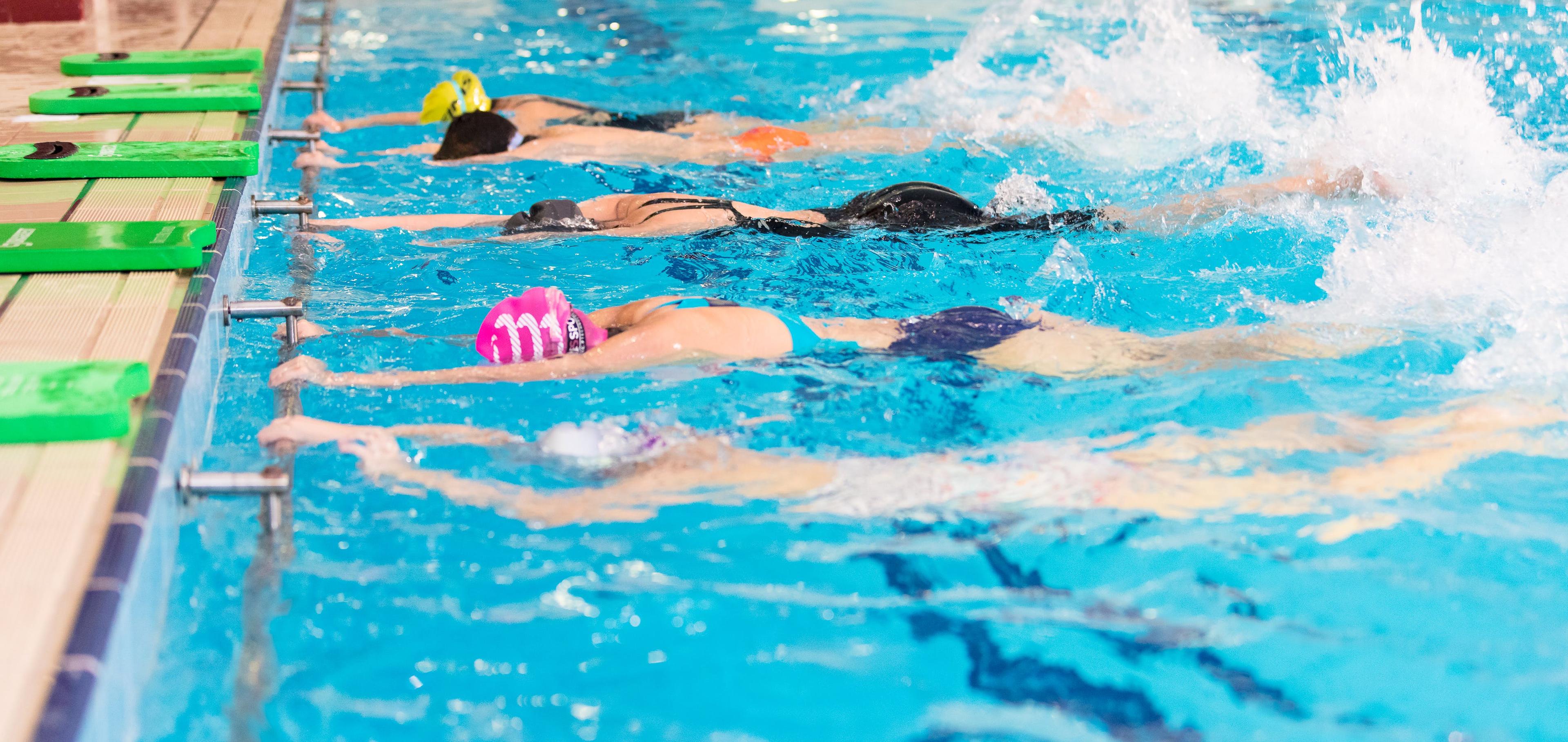- Home
- »Articles
- »Sport
- »Artistic swimming
- »Artistic Swimming: Do kids need to be able to swim



Artistic Swimming: Do kids need to be able to swim
3 November 2023
Children do not need to be able to swim to start artistic swimming lessons. Clubs will take children from roughly the age of 6 or 7 (sometimes earlier) and teach them all about how to swim and be safe in the water alongside artistic swimming. That being said, children won’t be able to master any of the artistic swimming movements and routines if they can’t swim, so don’t expect a child who can’t swim to jump straight into artistic swimming.
What is artistic swimming?
Artistic swimming - also known as synchronised swimming, or synchro - is a sport where participants perform routines set to music in the water. It’s a mix of swimming, gymnastics, acrobatics and dance. Children love it, and it’s very popular. It gives the chance for children to get fit and active whilst expressing themselves creatively and developing the camaraderie and sense of achievement that comes with being part of a team. Luckily there are many artistic swimming teams and clubs around the country who are happy to take children on, regardless of their swimming ability.
Finding and joining a club
Swim England, Swim Wales, Swim Ulster, and Scottish Swimming regulate the artistic swimming clubs in the UK and are split into regional hubs. A great way to find a local club is to look through the directory on the organisation’s website. Once you’ve found a club, get in touch to talk through your child’s levels and abilities to see if it’s a good fit. Good artistic swimming clubs will always offer a taster session for your child to go along and have a go.
Should children attend regular swimming lessons, too?
This depends on your aims. Both artistic swimming lessons and regular swimming lessons will teach children the same basics - how to be safe, how to keep themselves afloat, the basic strokes, and how to be confident in the water. What children want past this is where they differ. Regular swimming will then focus on competitive races and artistic swimming will look at routines and movements.
It’s worth taking some time to investigate the different options. A lot of swimming schools will offer a series of lessons that incorporate artistic swimming in order to give children a taste of it and to use the benefits of artistic swimming to help make children stronger and more accomplished in the water. These can be a good idea because they will let children try artistic swimming without committing fully to an artistic swimming club. A good example of these sorts of lessons is the Learn to Swim programme run by Swim England, though similar courses can be found in other countries and are run by other organisations.
Safety to bear in mind when taking part artistic swimming
It’s vital that anyone who participates in artistic swimming is confident in the water, and doesn’t panic when they go under. Children will need to be strong, flexible and fit. As artistic swimmers work closely with others, too, they will need to be sensible enough to respect the safety of the water and be conscious of those around them. Obviously, all this is taught to children when they start, and artistic swimming coaches and trainers understand how to support and help children in this way.
